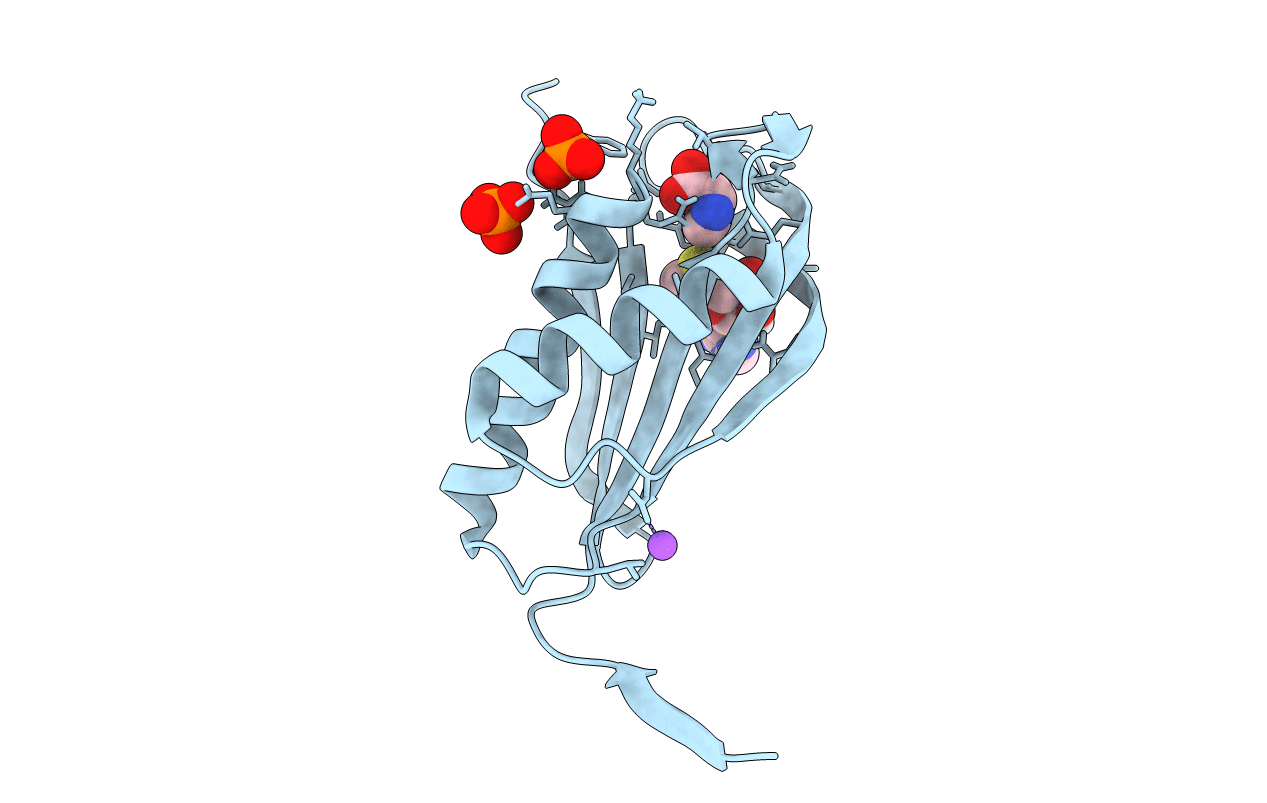
Deposition Date
2020-07-02
Release Date
2021-02-24
Last Version Date
2024-05-15
Method Details:
Experimental Method:
Resolution:
1.45 Å
R-Value Free:
0.15
R-Value Work:
0.13
R-Value Observed:
0.13
Space Group:
F 41 3 2


